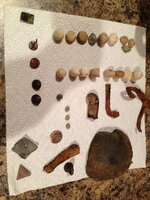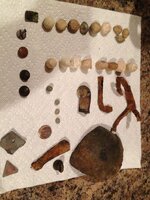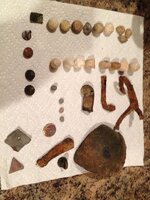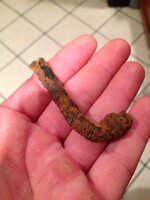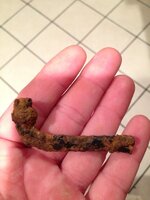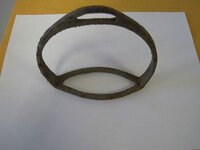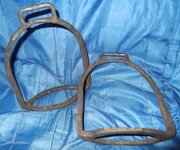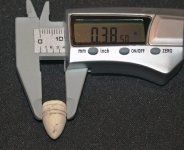Petrie502
Bronze Member
- Sep 2, 2012
- 1,115
- 432
- 🥇 Banner finds
- 1
- Detector(s) used
- UNITED STATES MARINE CORPS (Combat Marine retired)
SEMPER FIDELIS
- Primary Interest:
- Metal Detecting
We did very well at this new site I gotta say! By the way the item I'm holding in my hand I believe is off the back of a spur but I'm not 100%! You can see where the blade on the back was!! Let me know what you all think


